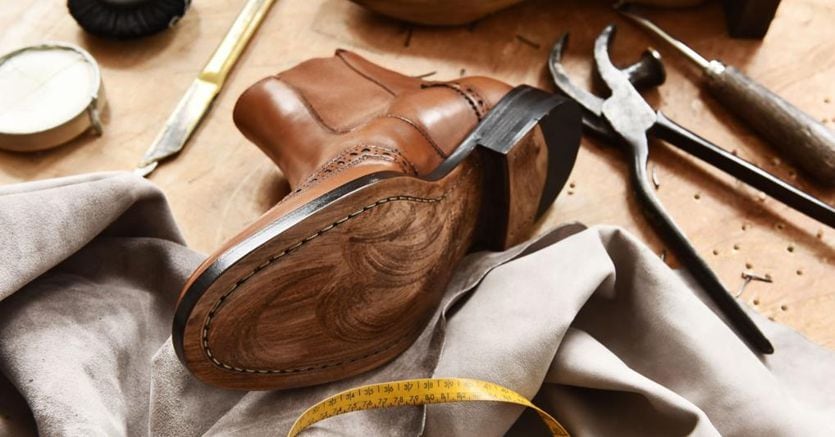Among the economic sectors that have suffered most from the pandemic is the textile-fashion-clothing supply chain, penalized first by production lockdowns, then by commercial ones and, last but not least, by the change in people’s lifestyle and consumption habits. . Alongside catering, tourism, personal services (including gyms) and the entertainment sector, fashion will struggle to recover by 2021, because it is still in the midst of an emergency. Within the supply chain there are also sectors that have suffered the most, such as footwear: suffering – and an alarm – confirmed by the data illustrated by Assocalzaturifici, the industry association which adheres to Confindustria Moda .
The consequences soon
«The situation is beyond the critical threshold: ours is a sector that works on the production of the following year with a marked seasonality and enormous fixed and labor costs – explains Siro Badon, president of Assocalzaturifici -. We are therefore already certain of a disastrous 2021 and the truth is that without strong and specific measures, unfortunately there will be many jobs at risk and company closures as soon as the layoff deadlock ends. We estimate that up to a thousand jobs are at risk, to which we will inevitably have to add those in the related industries and in the upstream supply chain ».
Loading…
Data for 2020
In 2020, about a quarter of national production (-27.1% in quantity) and of total turnover (-25.2%) were lost. Strong reductions in both commercial trade (drop of around -18% in volume for both outgoing and incoming flows) and domestic consumption (-23% in household purchases, despite a + 17% for the channel online, to which the collapse of tourist shopping must be added). The collapse in activity levels in the first part of the year, caused by the first lockdown, was followed, in the following two quarters, only by an attenuation of the fall (which remained double-digit), instead of a rebound, we read in a note by Assocalzaturifici. The second wave of the virus in the autumn immediately interrupted the first timid signs of recovery while in the final quarter of 2020, in particular, exports and consumption, with Christmas sales compromised by the restrictive measures, were still largely unsatisfactory. The number of active shoe factories in Italy fell by 174 units compared to the end of 2019, and that of employees by over 3,000 (with a -4% for both), with generalized decreases in all the main districts. Almost 83 million hours of layoffs were authorized in the leather sector, ten times the 8.3 million in 2019.
Requests to the Government
A picture that has pushed the association that represents the entire supply chain to make an appeal to the institutions: “We need the Government to give us certainty – insists Badon -. It is necessary that stores can open continuously because seasonality does not allow us to recover on production costs. The stocks in the warehouse, accumulated with the unsold, and the unconfirmed orders, are devalued compromising the balance sheets of the companies. With a supply chain on its knees, we cannot understand the reasons why some products are allowed to be sold permanently and there is an exclusion for footwear “. In light of the losses (four sales seasons, in fact), «it is necessary that the criterion with which companies are compensated – adds Badon -, parameterizing the support to the losses suffered calculated on the basis of the turnover from which the fixed costs not compensated by the refreshment points must be subtracted. This system would support more employment-intensive companies that most need to be supported, such as footwear companies ”.
The concrete proposals
Assocalzaturifici hopes for a deduction for the whole of Italy of 30% of social security charges owed by the employer (as per the August decree for the southern regions only) and a rapid approval of the implementing decrees of the Relaunch Decree, which introduces a tax credit equal to 30% of the value of inventories, expanding resources and the percentage to tax compensation.
